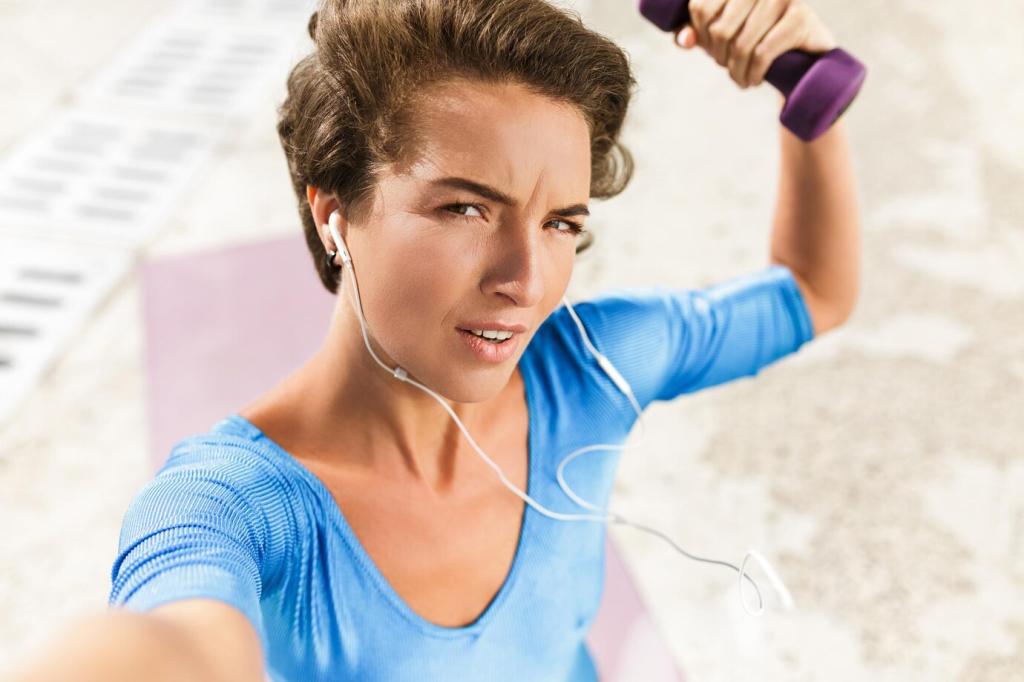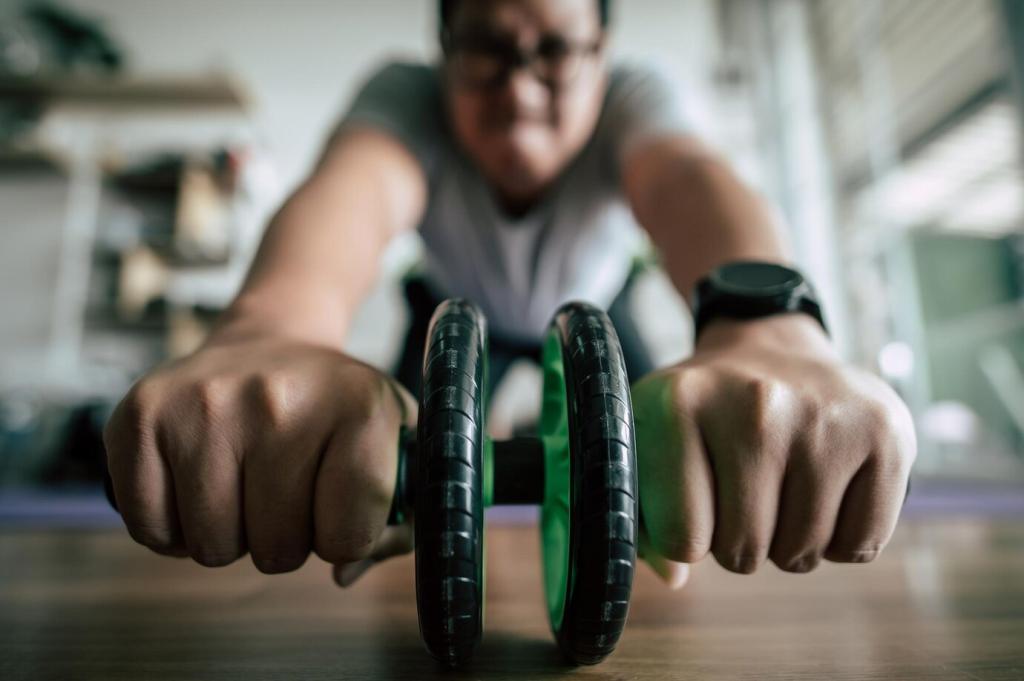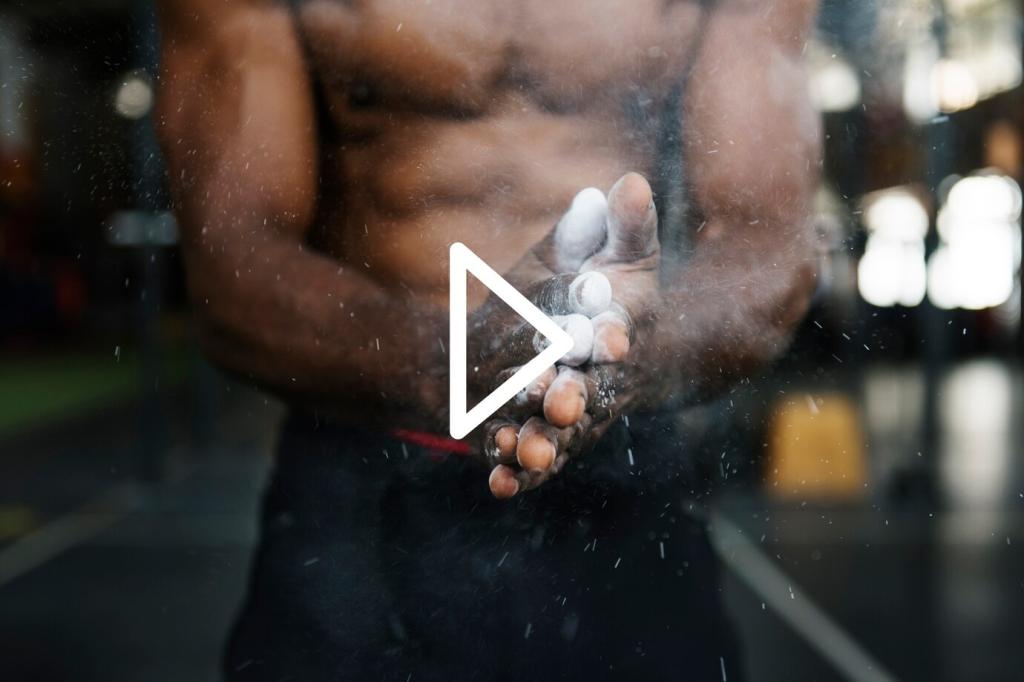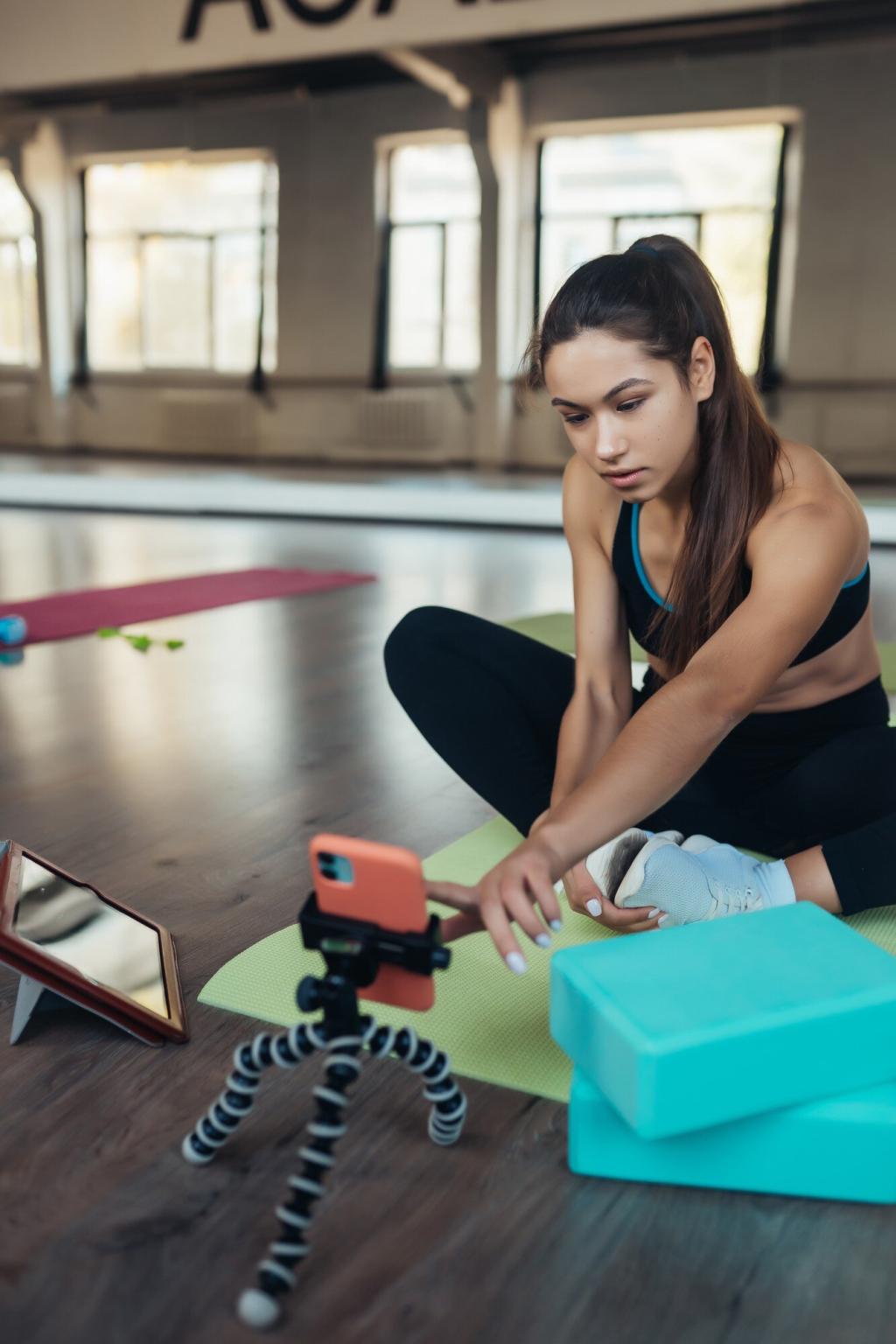The Posture–Core Connection
Neutral spine is not perfectly straight; it is balanced curves working together. When your ribs stack over your pelvis and your head aligns with your sternum, core muscles can stabilize efficiently. Notice small adjustments while standing, and tell us what cue makes the biggest difference for you today.
The Posture–Core Connection
Mountain Pose teaches stacked joints and soft, active feet; Chair Pose reveals rib flare and low-back overextension. Carry these cues to the supermarket line or your desk chair. Share in the comments one yoga cue you’ll practice every hour this week.
The Posture–Core Connection
A well-executed deadlift or front squat is posture under load: braced midsection, rooted feet, and long spine. When form holds as weight climbs, posture truly strengthens. Film a set, analyze your stacking, and invite a friend to review with supportive feedback.





